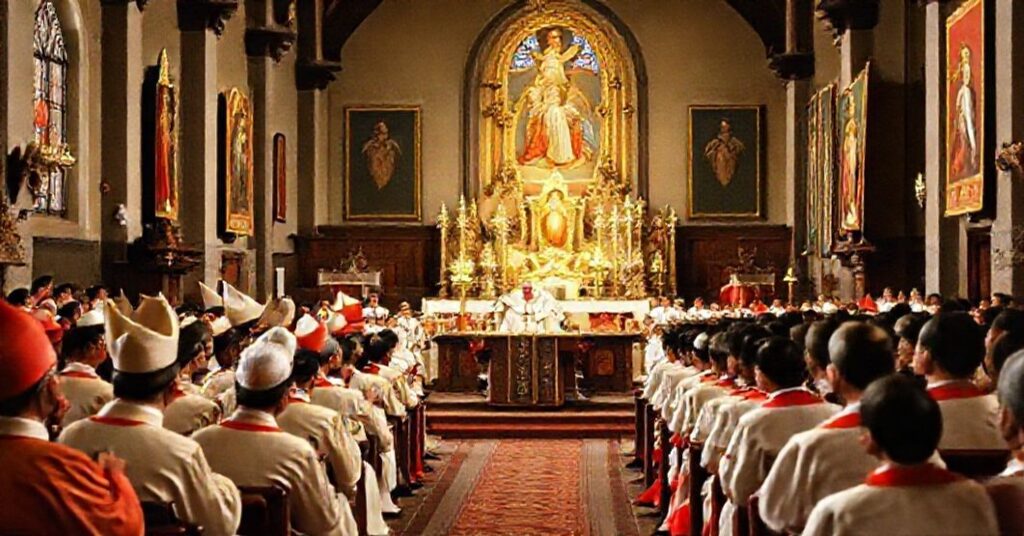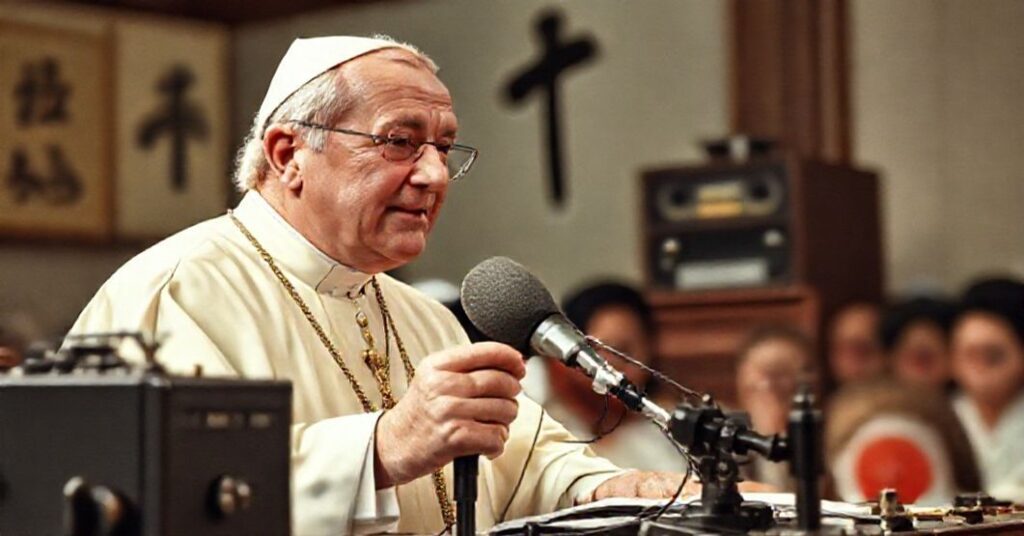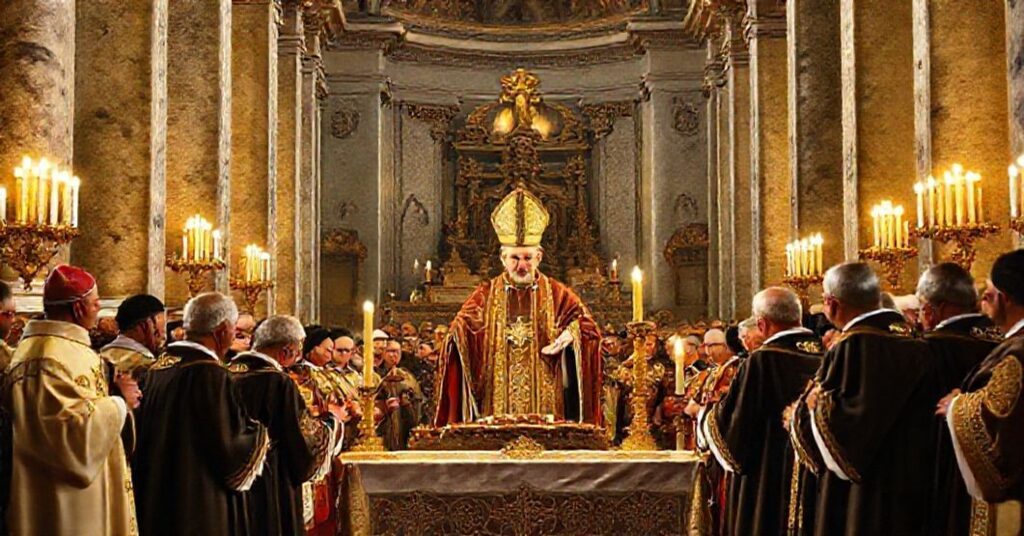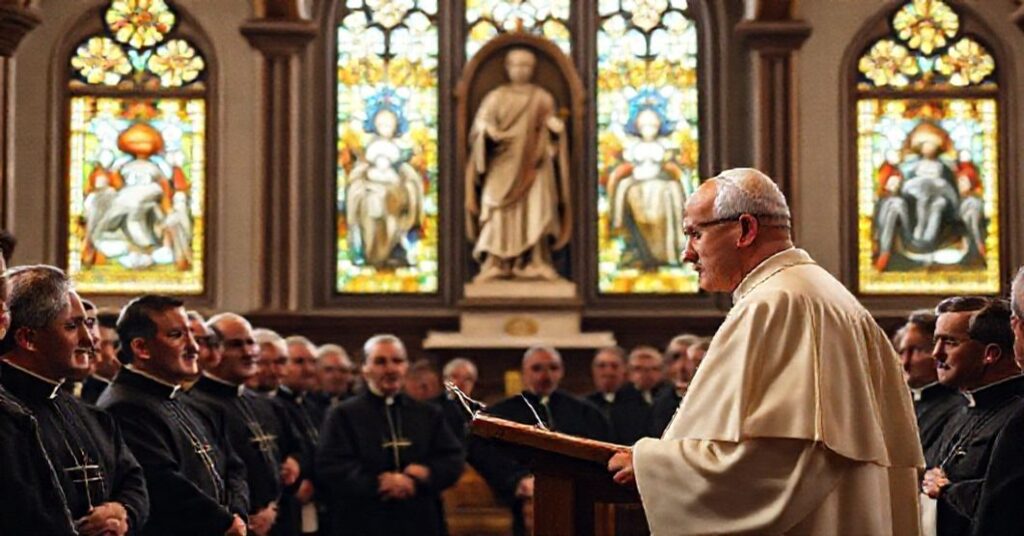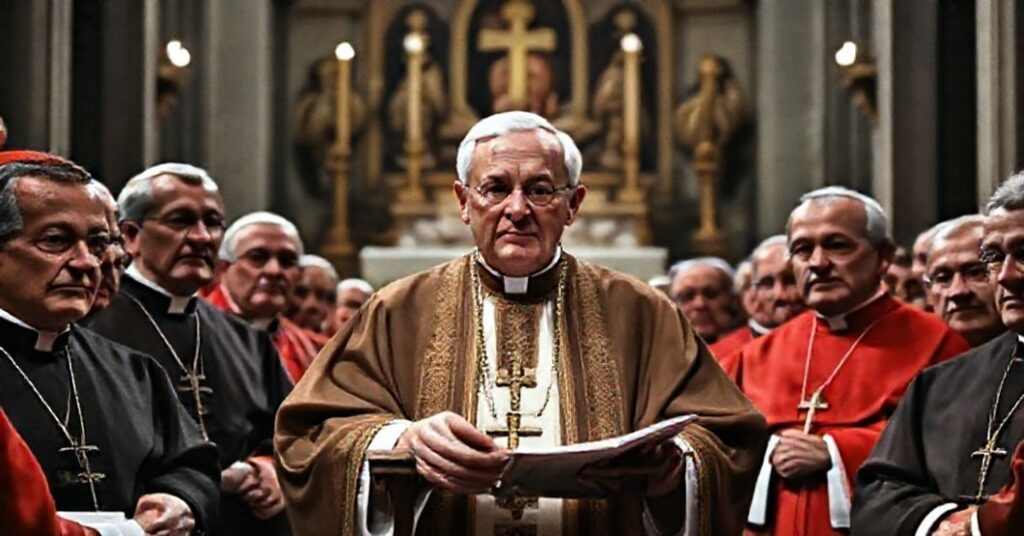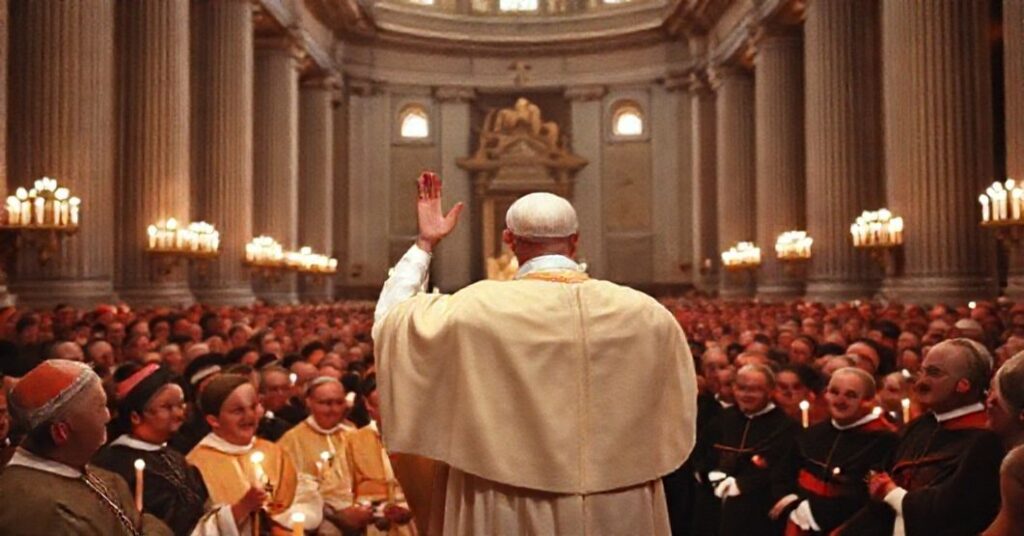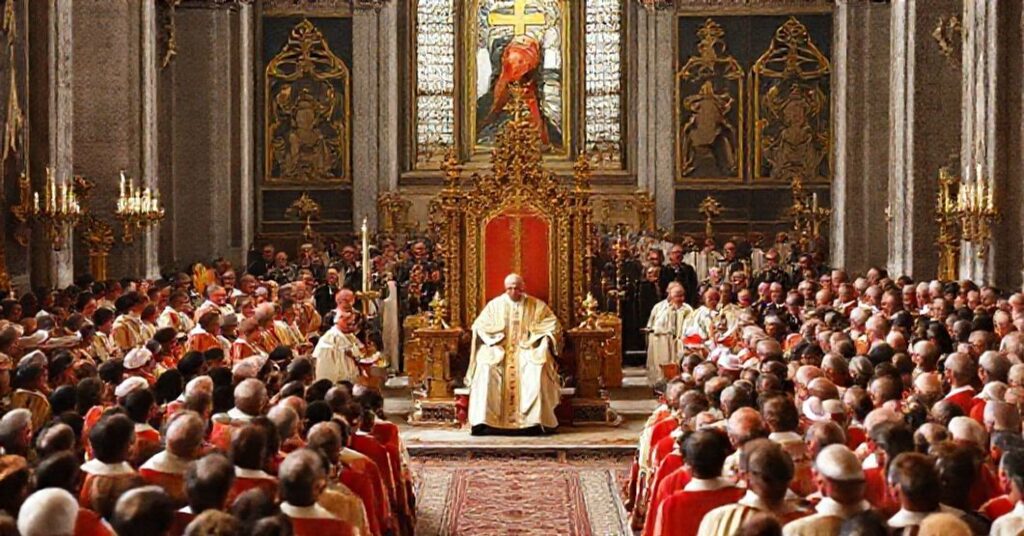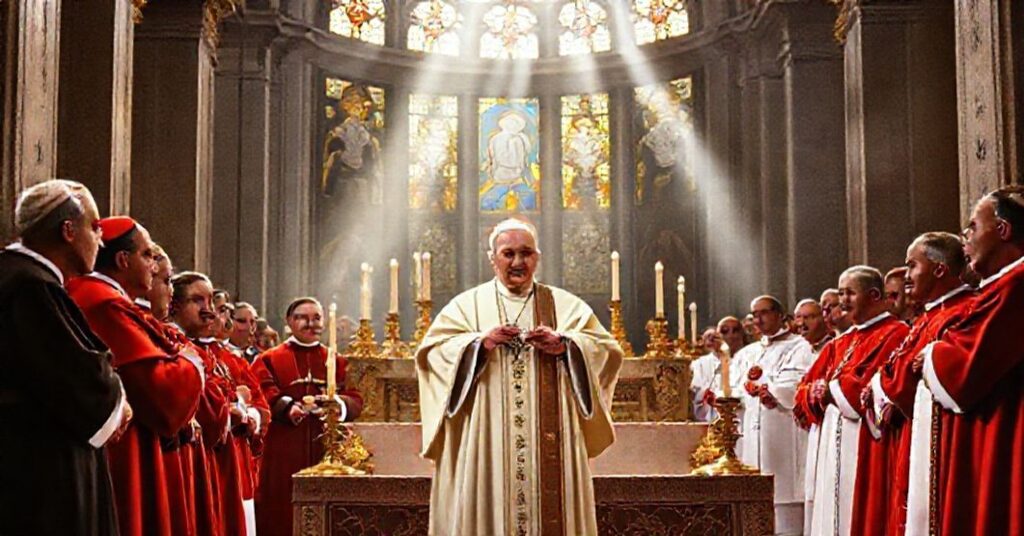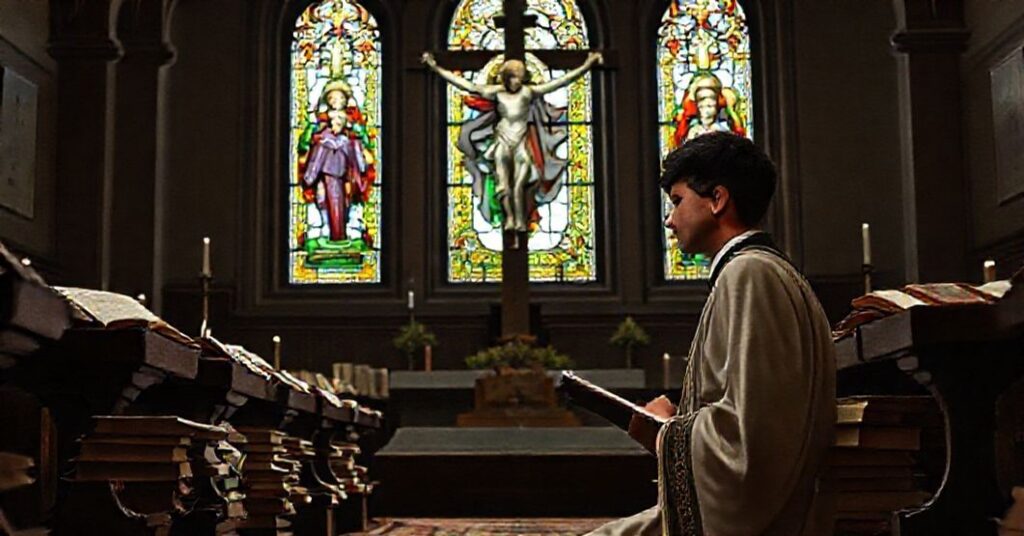Nuntius Radiophonicus Dato Mariali Conventui Vietnamensi (1959.02.19)
In this radio message dated 19 February 1959, John XXIII addresses the Vietnamese hierarchy on the occasion of a Marian Congress in Saigon, commemorating both the Lourdes centenary and three centuries since the appointment of the first Apostolic Vicars in Vietnam. He praises the Marian devotion of the Vietnamese faithful, exalts historic missionary labors and martyrs, notes the growth of the indigenous clergy and Catholic population, expresses paternal sympathy for Catholics in the persecuted northern regions, and appoints Cardinal Gregorio Pietro Agagianian as papal legate to the celebrations, granting blessings and spiritual favors.

